10 Common Kitchen Mistakes You Probably Don’t Know You’re Making
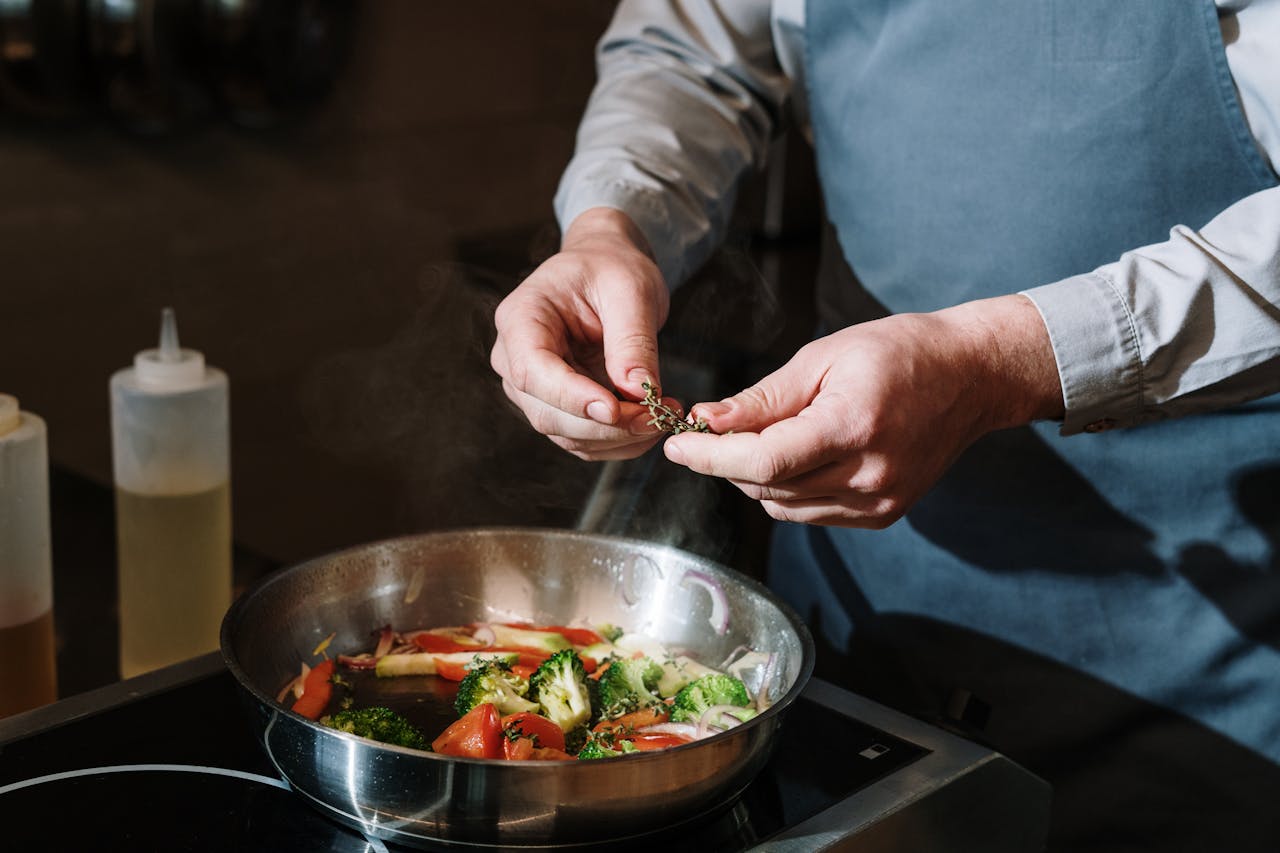
Whether you’re an experienced home cook or just getting started, mistakes in the kitchen can easily happen. These errors might seem minor, but they can impact the quality of your meals, waste time, and even make cooking more stressful. Recognizing and avoiding these common kitchen blunders can elevate your cooking game and help you make the most out of your time in the kitchen. Here are 10 common kitchen mistakes you probably don’t know you’re making, along with tips to fix them!
1. Overcrowding the Pan
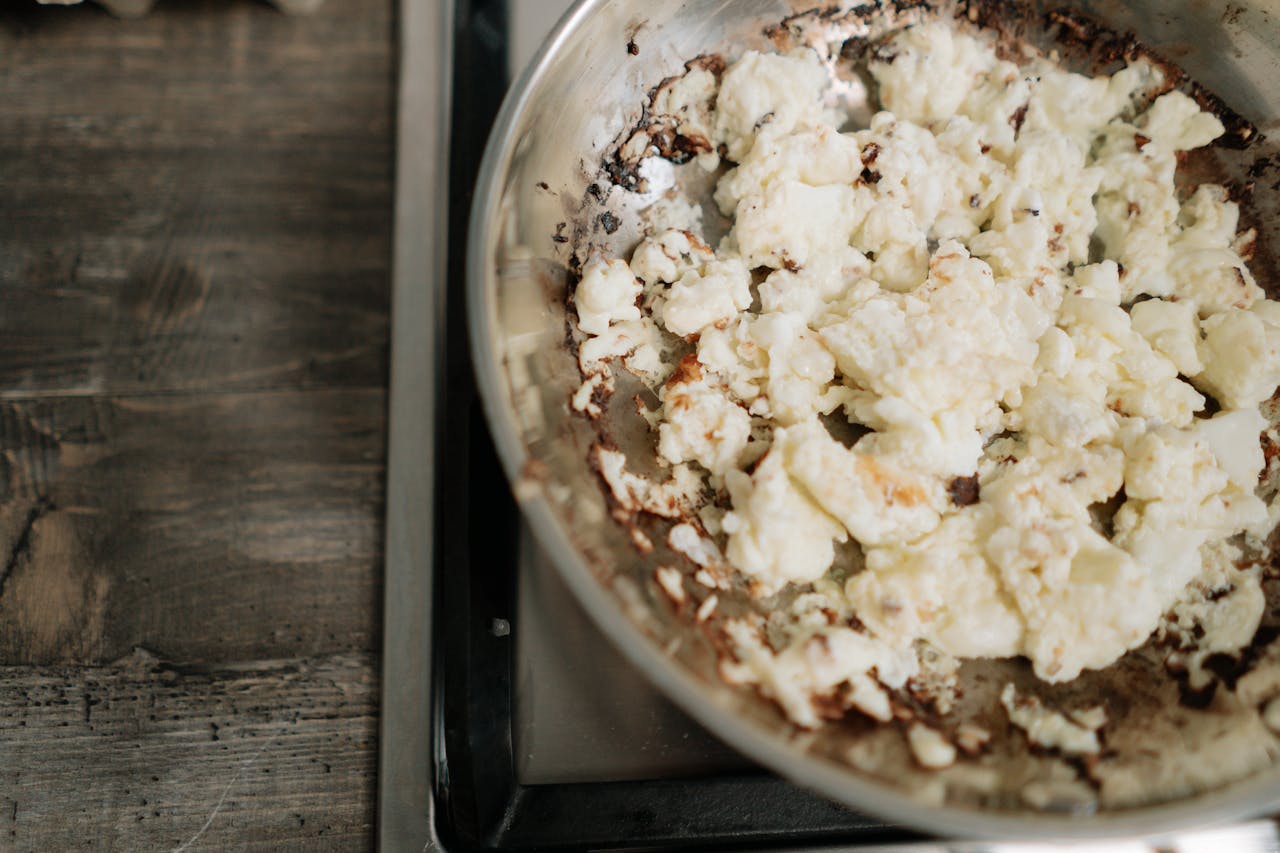
When you’re cooking in a hurry, it’s tempting to load up your pan with as much food as it can hold. However, overcrowding your pan leads to uneven cooking because it traps moisture and prevents your food from getting that perfect sear or crispy texture. Instead of browning, your food will steam, resulting in soggy, lackluster dishes. To avoid this, cook in batches or use a larger pan, allowing enough space for air circulation and consistent heat distribution. A properly cooked meal is worth the extra time!
2. Not Letting Meat Rest After Cooking
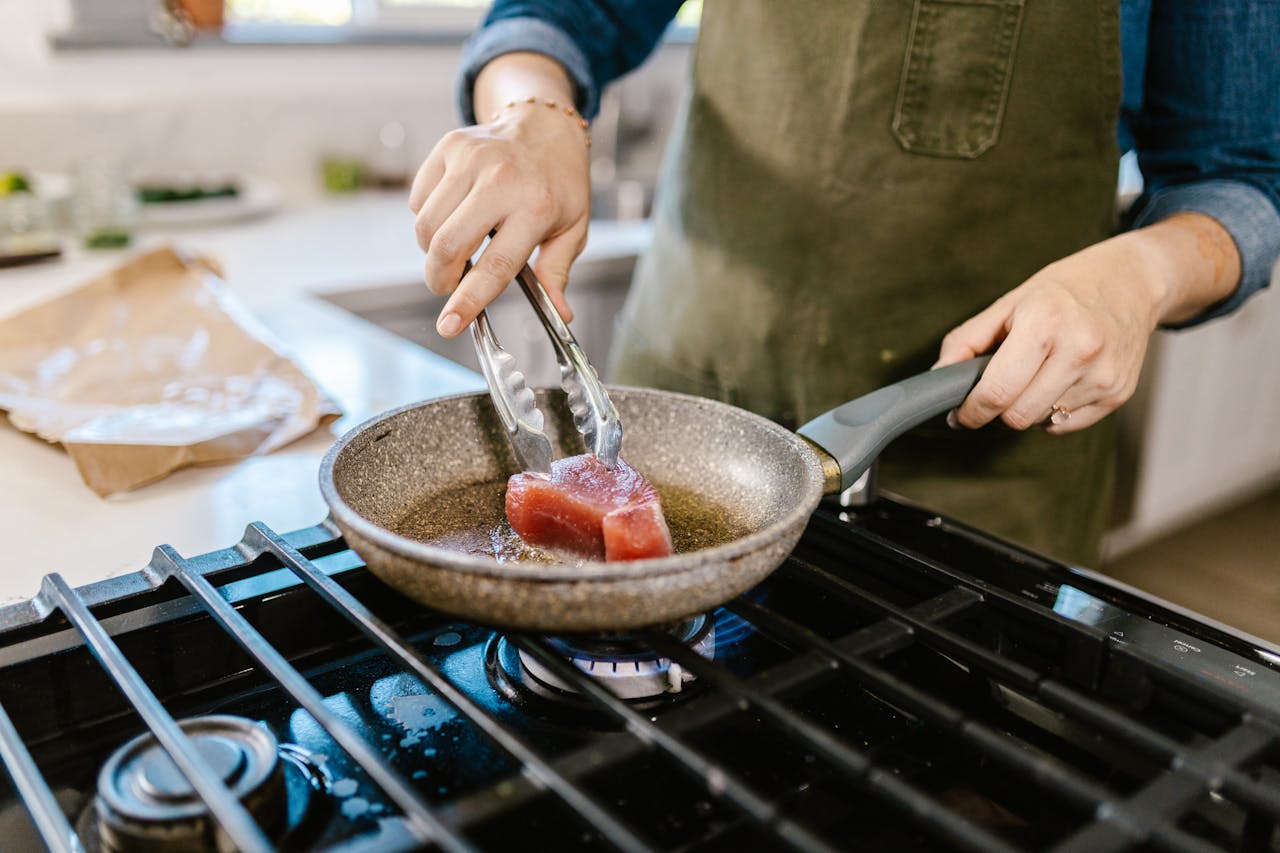
One of the biggest mistakes in the kitchen is not allowing meat to rest after cooking. Cutting into meat right off the stove or grill may cause all those delicious juices to escape, leaving you with a dry, tasteless bite. Resting meat gives the juices time to redistribute evenly throughout, ensuring a juicier and more flavorful result. Let your meat rest for at least 5 to 10 minutes, depending on the size, before slicing into it for optimal taste and texture.
3. Using a Dull Knife
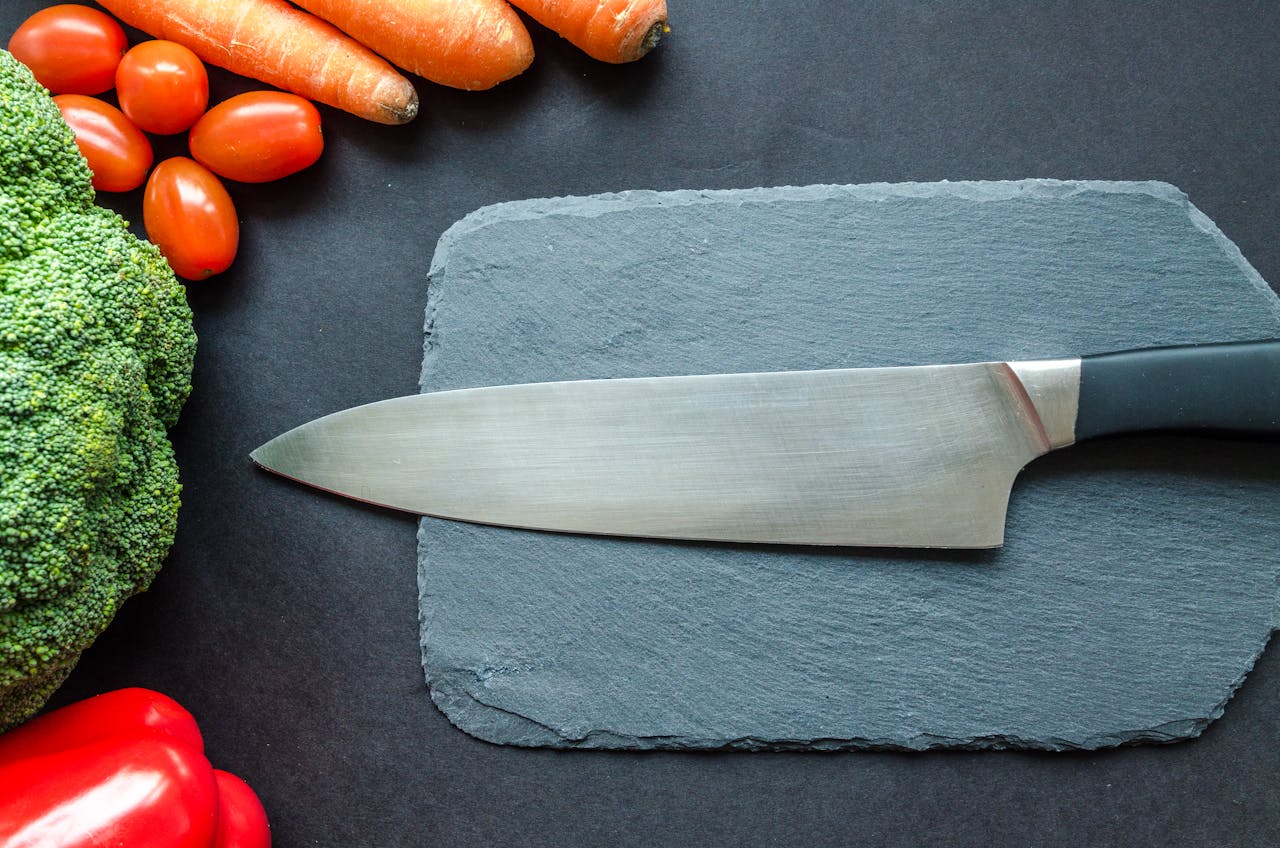
Using a dull knife not only makes cutting ingredients harder but also increases your chances of injury. A dull knife requires more pressure, which can cause slips and accidents. On top of that, it crushes your food rather than slicing it cleanly, resulting in uneven cuts and affecting the overall texture of your dish. Keep your knives sharp by honing them regularly and investing in a quality knife sharpener or professional sharpening service. A sharp knife is a safe knife—and makes cooking so much easier!
4. Not Preheating the Pan
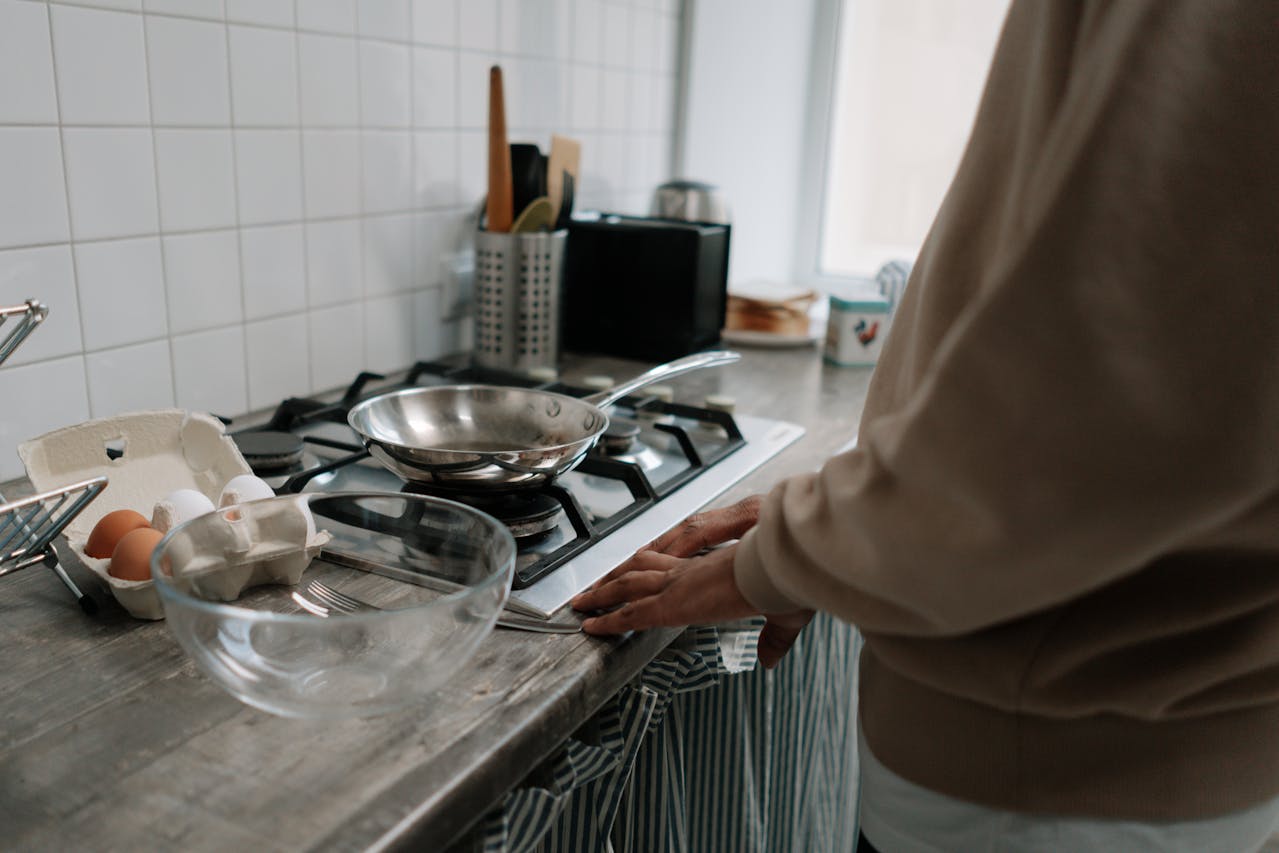
Starting your food in a cold pan is a rookie mistake that can alter the way your meal turns out. A properly preheated pan ensures that your food sears evenly and locks in moisture. When you start cooking in a cold pan, the ingredients absorb oil and heat unevenly, leading to a bland, greasy dish. To avoid this, always allow your pan to heat up before adding any ingredients. A quick sizzle when the food hits the pan is your cue that it’s ready to cook.
5. Ignoring the Importance of Measuring Ingredients
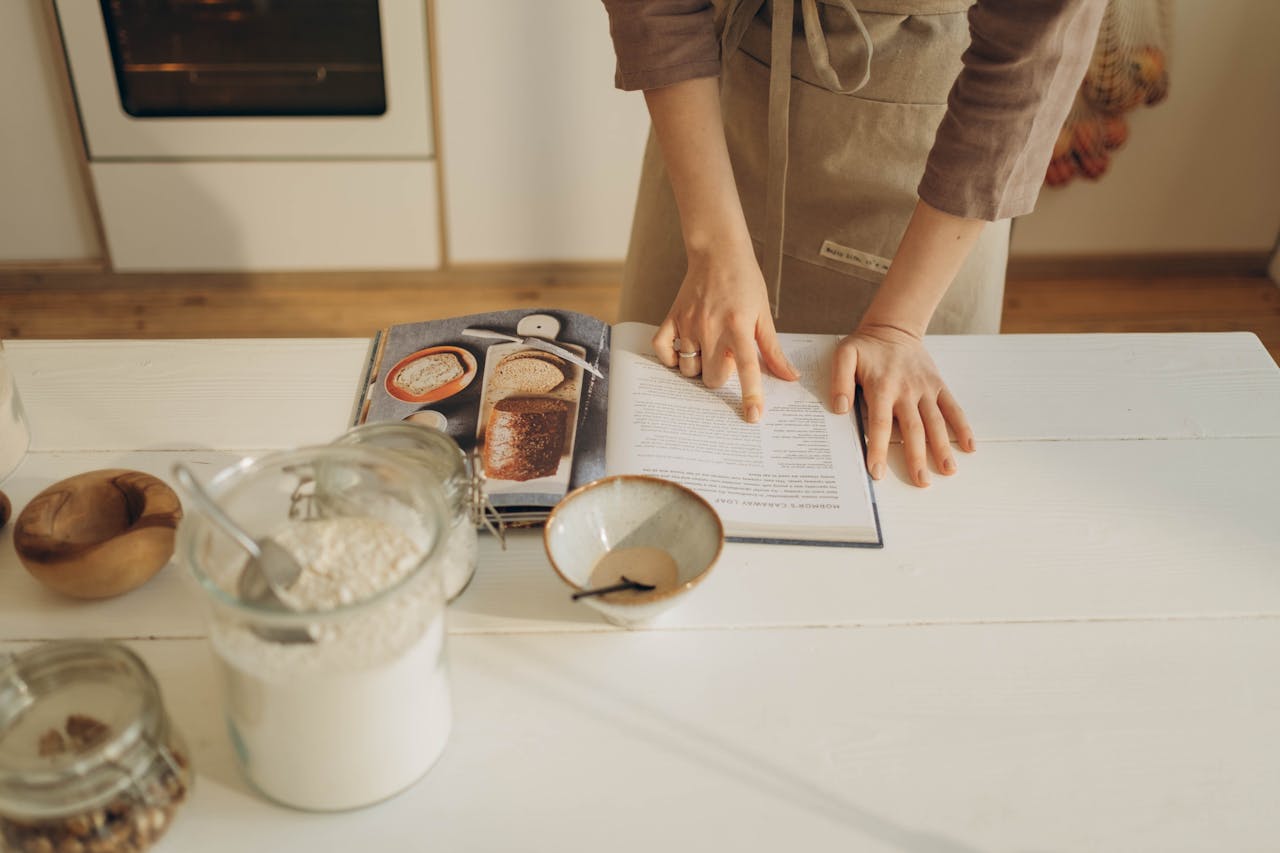
While cooking can often allow for creativity, there are times when precision matters. Many people overlook the importance of measuring ingredients, especially with baking or when following new recipes. Not measuring properly can throw off the balance of flavors or texture, leading to underwhelming or even inedible dishes. Investing in good measuring tools, such as cups and spoons, and using a kitchen scale for more accuracy, especially with dry ingredients, will improve the consistency and quality of your meals.
6. Cooking at the Wrong Temperature
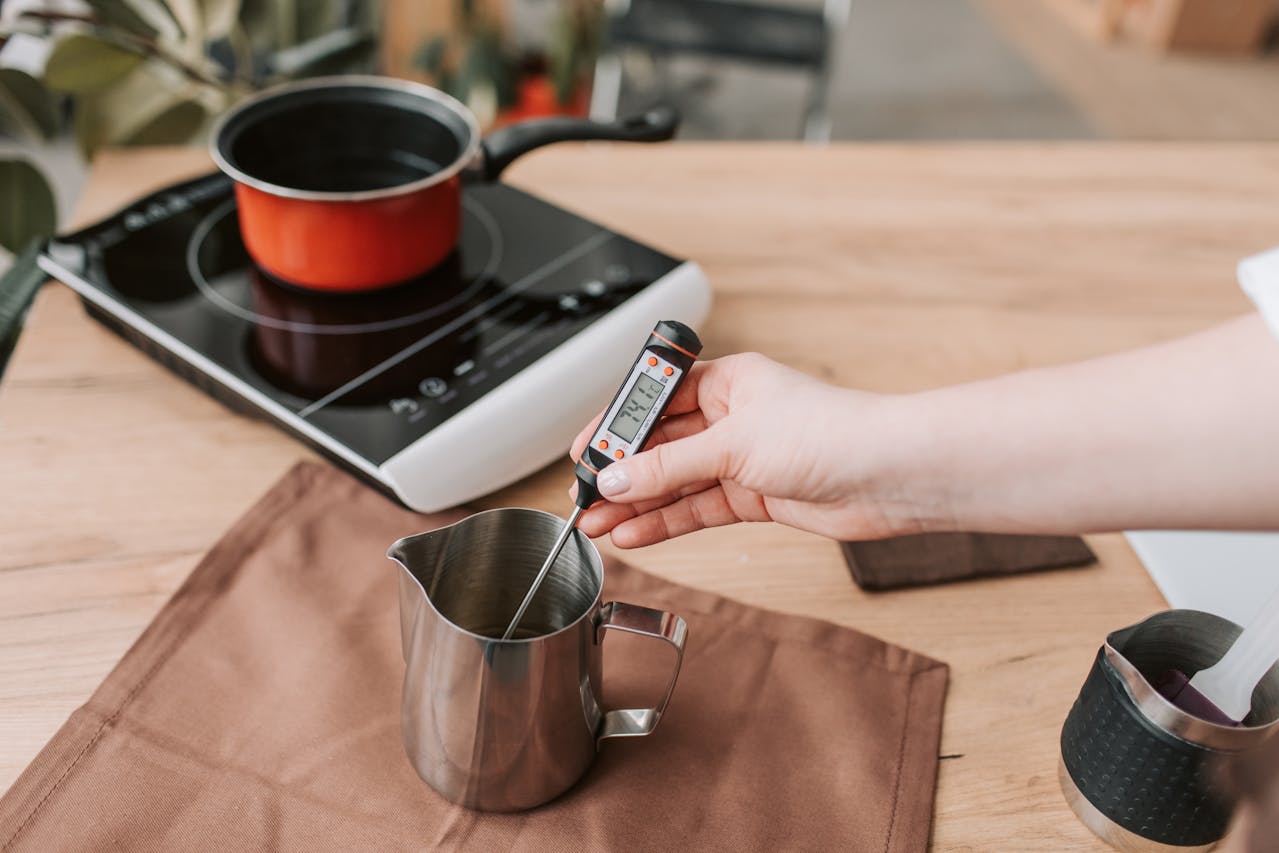
Cooking at the wrong temperature can sabotage your meal, whether it’s too high or too low. Cooking too hot can burn the outside of your food while leaving the inside raw, whereas too low a temperature will make it take forever to cook through, drying out your dish in the process. It’s important to understand the ideal temperature ranges for different ingredients and cooking techniques. Keep an oven thermometer handy and adjust your stove settings as needed. Cooking at the right temperature ensures even cooking and maximizes flavor.
7. Overcooking Vegetables
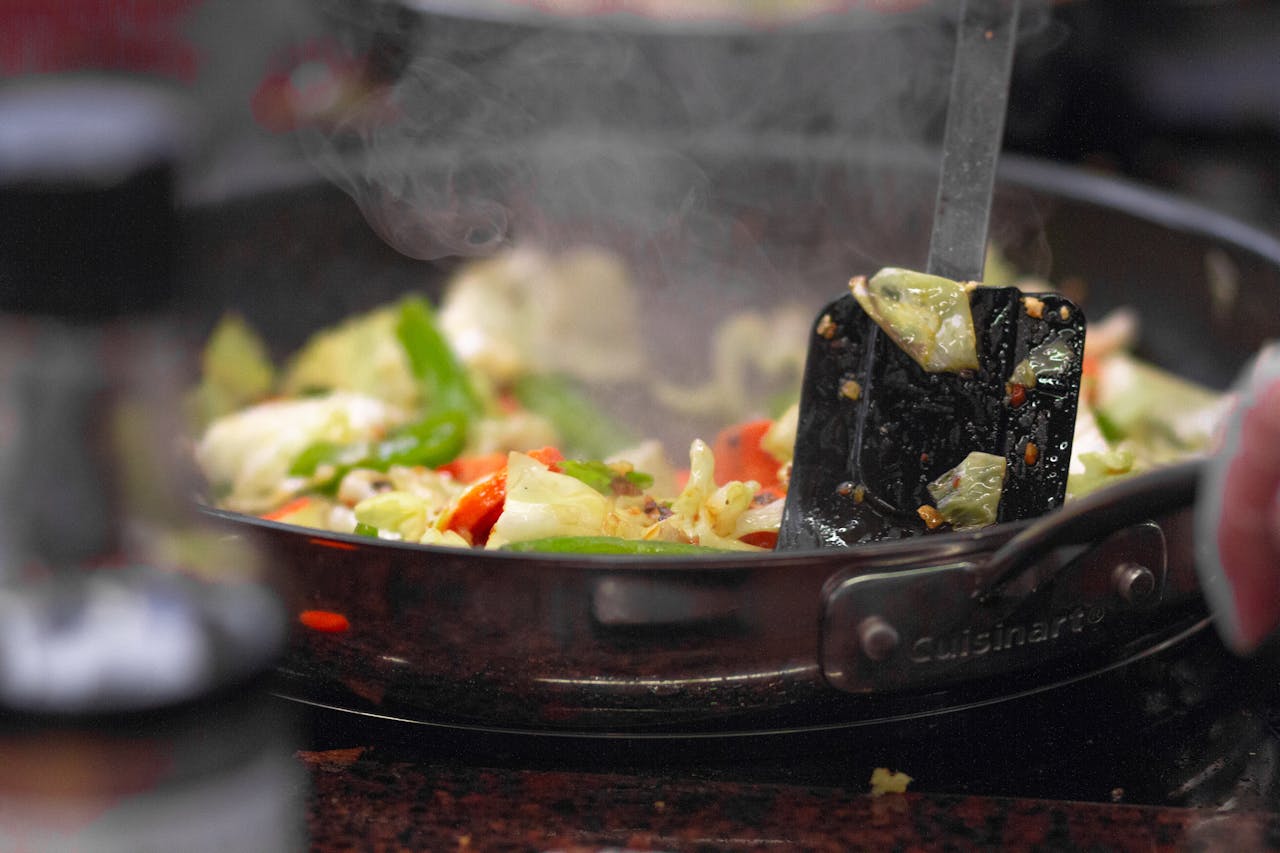
Overcooking vegetables is one of the most common mistakes that can ruin their taste and nutritional value. Vegetables like broccoli, carrots, and spinach can lose their vibrant color, flavor, and texture when overcooked. Instead of the fresh crunch or tenderness you’re aiming for, they become mushy and dull. To prevent this, blanch or steam vegetables until they are just tender but still retain some bite. Keep an eye on the cooking time, and remember, vegetables will continue to cook slightly even after they’ve been removed from the heat.
8. Forgetting to Season As You Go
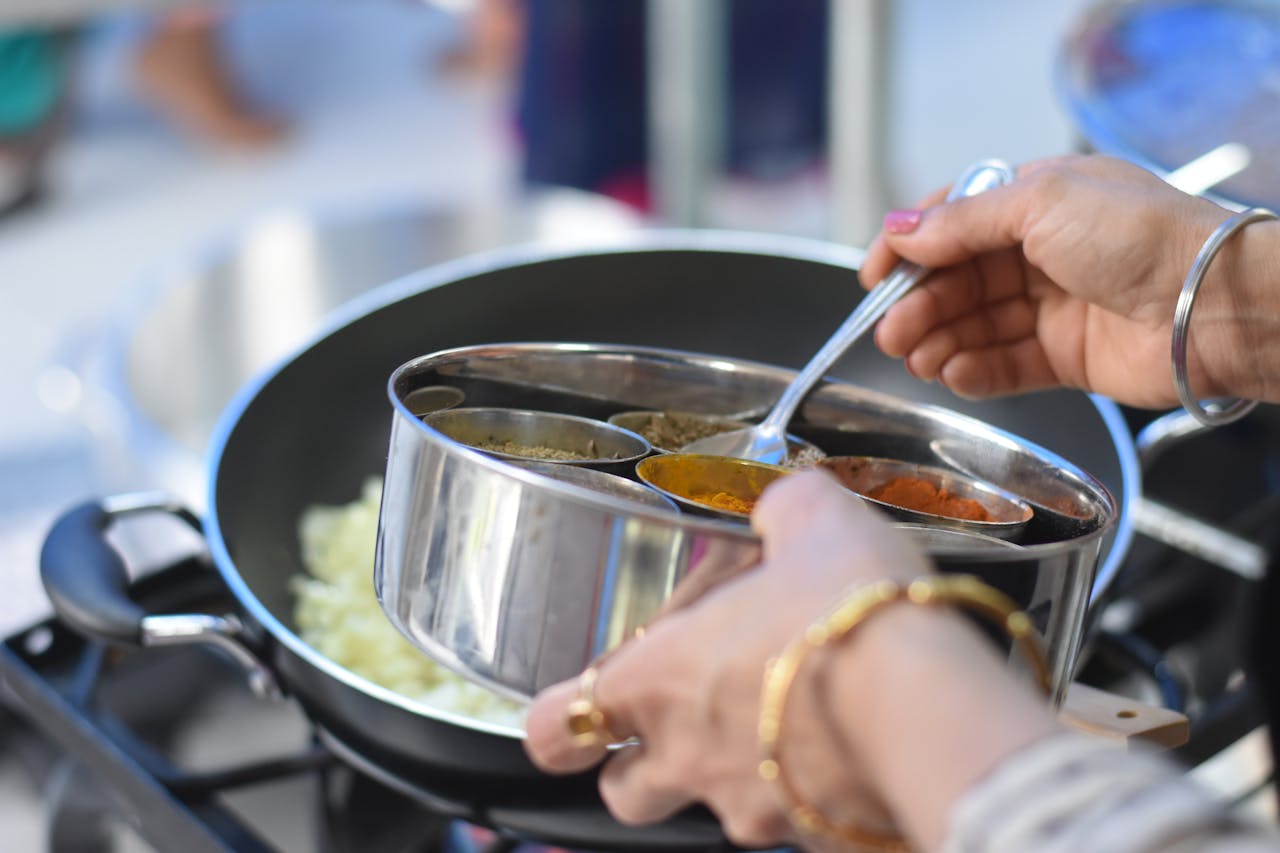
Seasoning your dish at the end of cooking may seem convenient, but it can lead to uneven flavor distribution. A common mistake is failing to season as you go, which helps build layers of flavor at each stage of cooking. Salt and pepper are your best friends, but don’t be afraid to experiment with herbs and spices as well. Seasoning throughout the process ensures that every bite is packed with flavor, giving your dishes a professional, well-rounded taste that enhances the overall experience.
9. Not Reading the Recipe All the Way Through
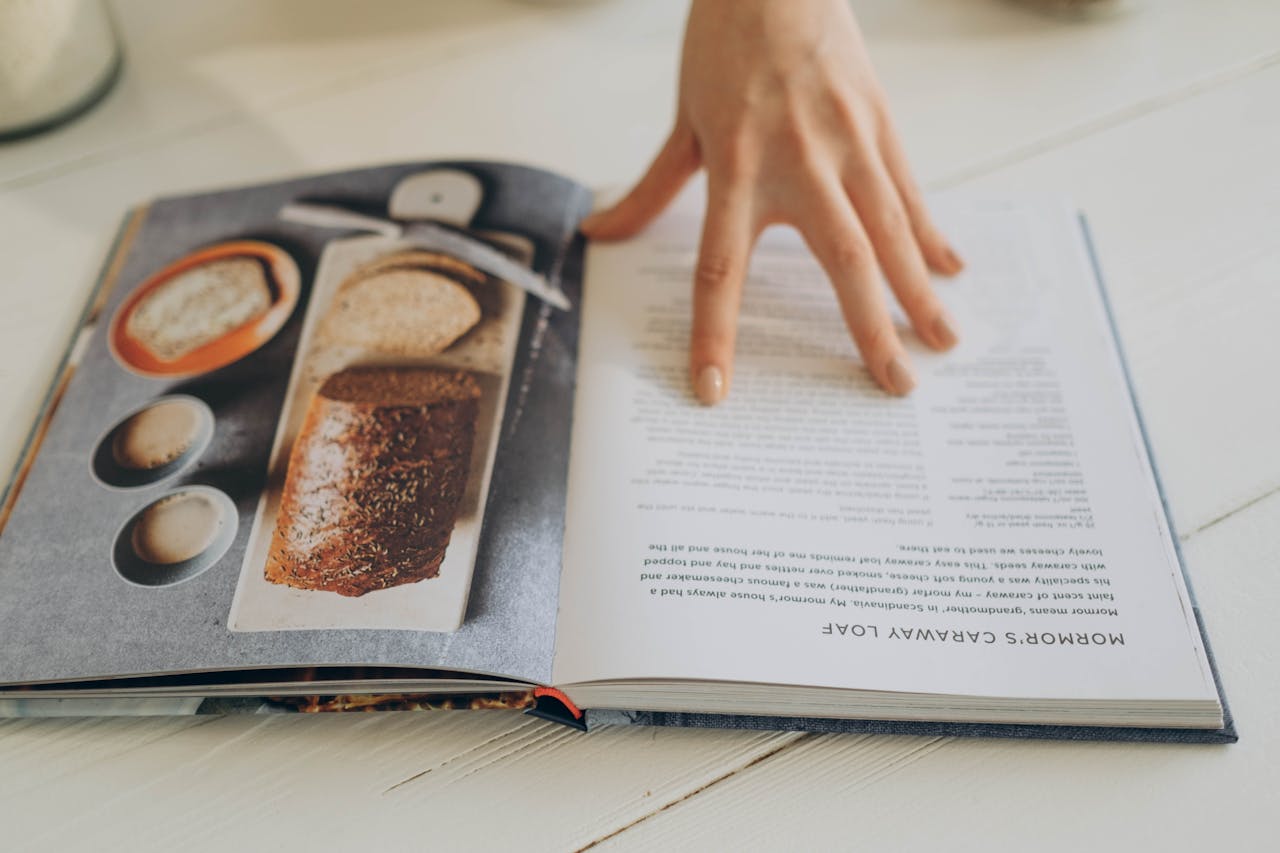
We’ve all been guilty of diving into a recipe before fully reading it. This common kitchen mistake can lead to missed steps, improperly timed ingredients, or even discovering you don’t have all the necessary items on hand. To avoid this, always read the recipe all the way through before starting. Make sure you understand each step, gather all your ingredients, and have your tools ready. This will streamline your cooking process and prevent any last-minute surprises.
10. Using the Wrong Cooking Oil
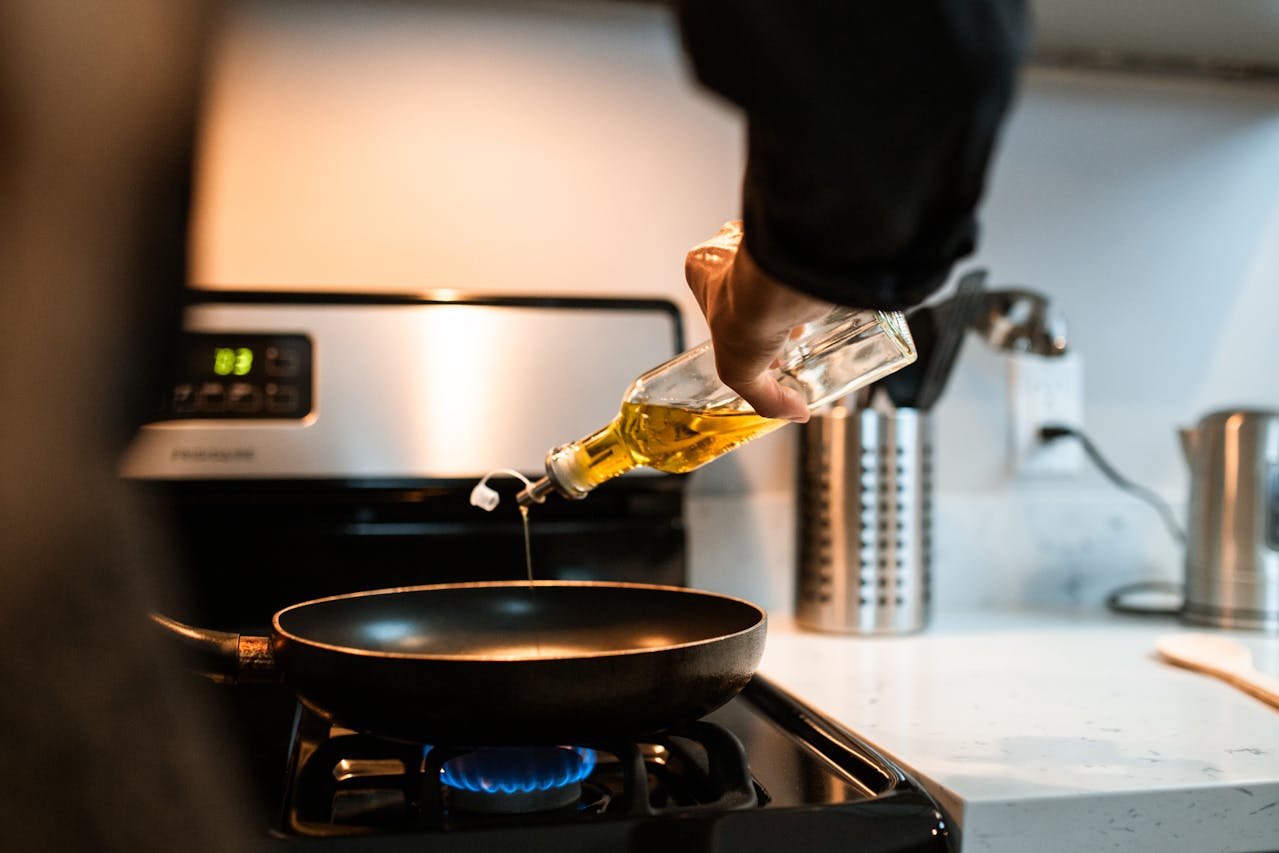
Not all cooking oils are created equal, and using the wrong one can drastically affect the taste and healthiness of your food. Some oils, like extra virgin olive oil, have a lower smoke point and are best used for salad dressings or low-heat cooking, while others, like avocado or vegetable oil, can handle higher temperatures. Using oil beyond its smoke point can cause it to break down, releasing harmful compounds and giving your food an unpleasant taste. Familiarize yourself with the smoke points of different oils and use them accordingly for healthier and tastier dishes.
Final Thoughts
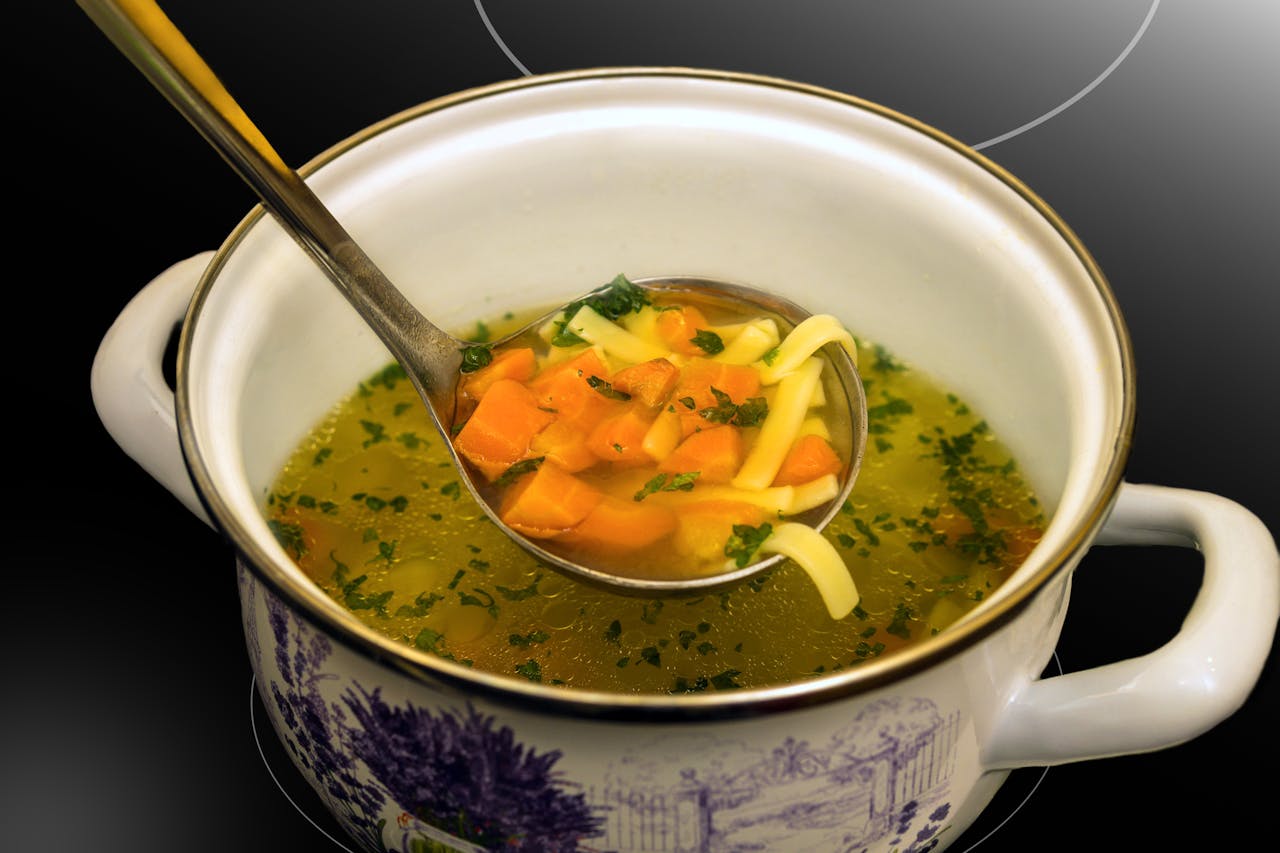
Making these common kitchen mistakes can slow down your cooking, lead to subpar meals, and add unnecessary stress. By addressing these issues—whether it’s using a dull knife, overcrowding the pan, or failing to season as you go—you’ll significantly improve the taste and texture of your dishes, making cooking a more enjoyable and successful experience. With a few adjustments, you can avoid these pitfalls and become a more efficient, skilled home cook. So the next time you step into the kitchen, keep these tips in mind, and watch your cooking transform!
By being mindful of these mistakes, you can enhance your culinary skills and create delicious meals that impress family and friends alike. Happy cooking!
Leave a Reply